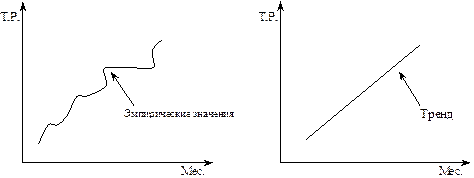A common definition considers the economics as the study of the use of scarce
resources to satisfy unlimited human wants. From this viewpoint, scarcity is central to economic problems. What are society’s resources? Why is scarcity inevitable(неизбежн.)? What are the consequences of scarcity? A society’s resources consist of natural endowments such as land, forests, and minerals; human resources, both mental and physical; and manufactured aids to production such as tools, machinery, and buildings. Such resources are called factors of production. They are used to produce the outputs that people desire. These outputs are called commodities and divided into goods and services. Goods are tangible (e.g. bread and shirts), and services are intangible (e.g. nursery and education). People use goods and services to satisfy their wants and needs. The act of creating, elaborating or transforming these goods and services is called production,and the act of using them to satisfy wants and needs is called consumption. When resources are supposed to be scarce, economic agents face the problem of deciding what to produce and how much each person will consume. Societies differ in who makes the choices and how they are made, but the need to choose is common to all. Сhoice implies the existence of cost. Scarcity implies that choices must be made, and making choices implies the existence of costs. Making choice 1 instead of choice 2 implies a comparison between them in terms of their relative costs. That does generate what economists call ‘ the opportunity costs’. Оpportunity cost of using resources for a certain purpose is the benefit given up by not using them in an alternative way; that is, it is the cost measured in terms of other commodities that could have been obtained instead. That is an arbitrage between two (or more) goods and services The curve is called the production possibility boundary or production possibility curve. It has a negative slope because, when all resources are being used, having more of one kind of good requires having less of the other kind. A production possibility boundary illustrates three concepts: scarcity, choice, and opportunity cost. Scarcity is indicated by the unattainable combinations above the boundary; choice, by the need to choose among the alternative attainable points along the boundary; and opportunity cost, by the negative slope of the boundary. Therefore, the boundary is also called the efficiency line of production. The shape of the production possibility boundary in the figure implies that more and more X good must be given up to achieve equal successive increases in Y good. This shape, referred to as concave to the origin, indicates that the opportunity cost of either goods grows larger and larger as we increase the amount of it that is produced (the boundary can be a straight-line and indicate that the opportunity cost of one good in terms of the other stays constant, no matter how much of it is produced).




